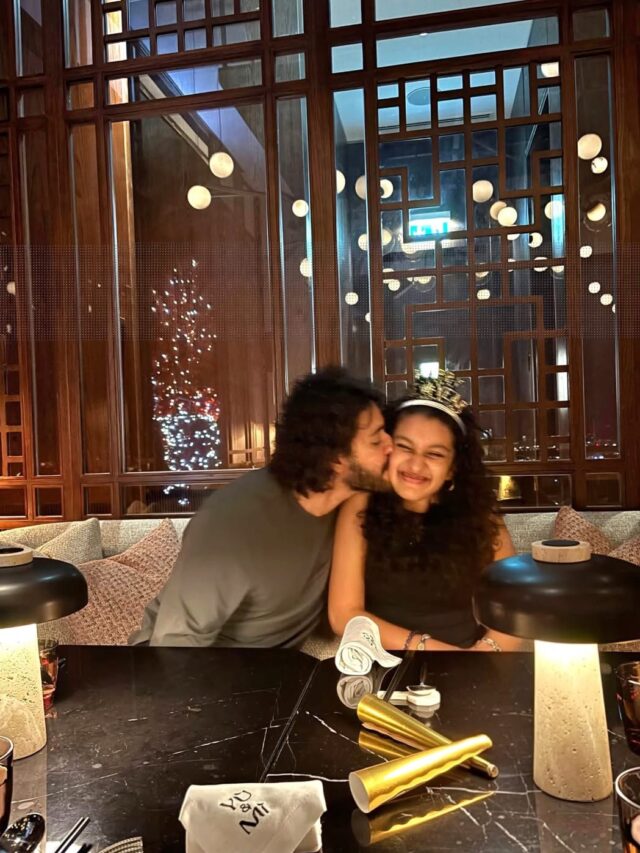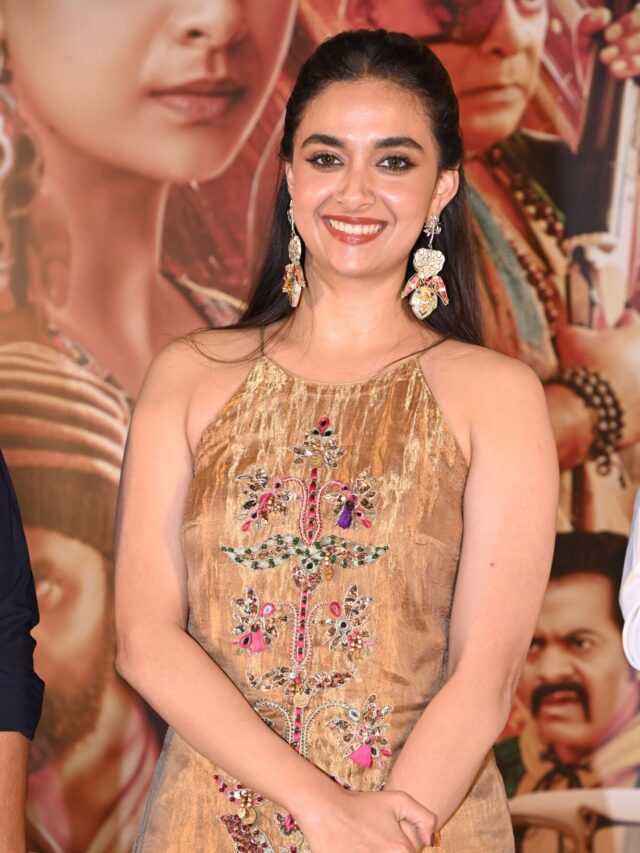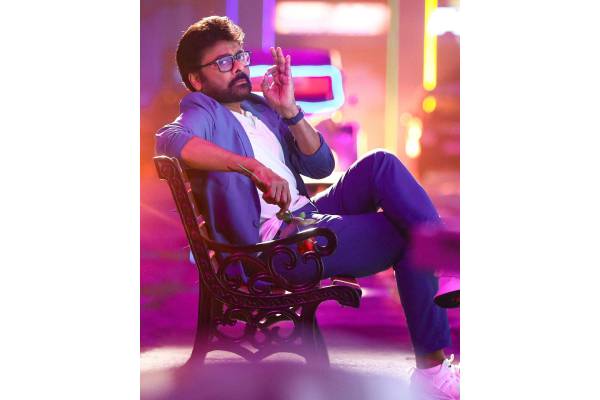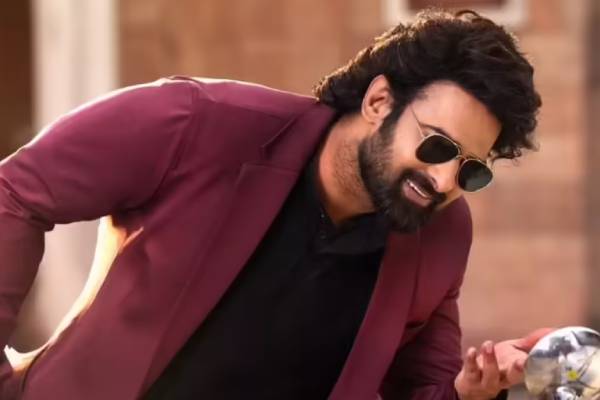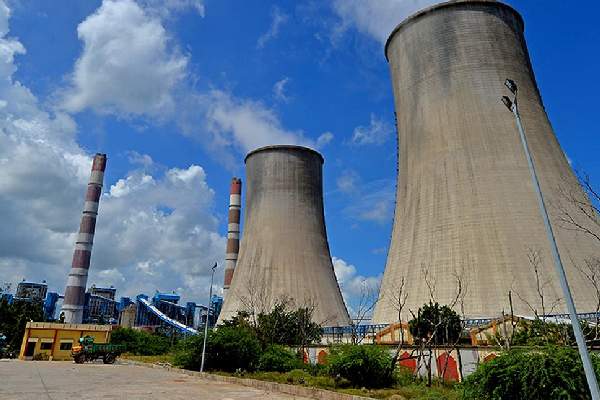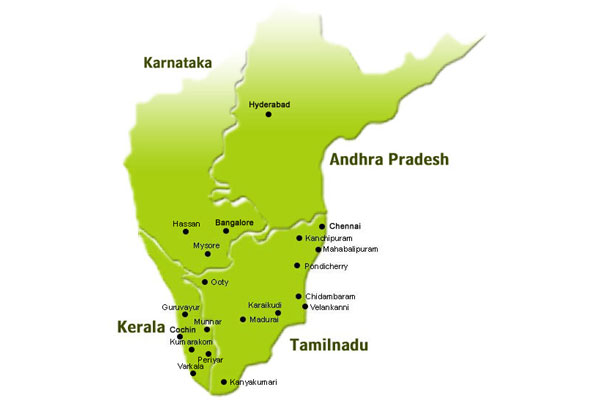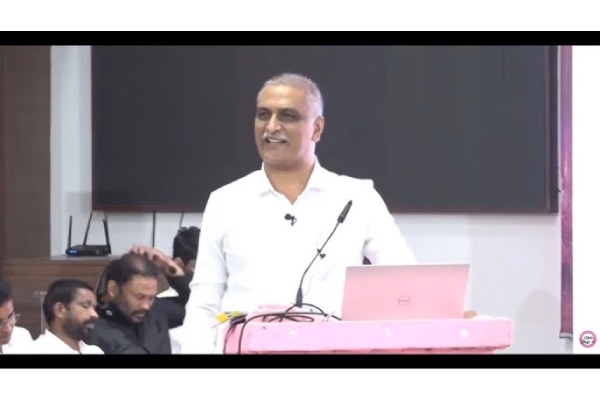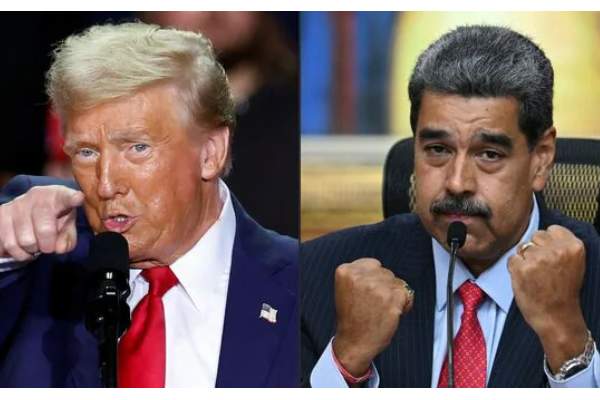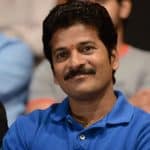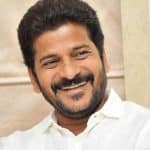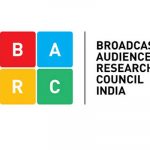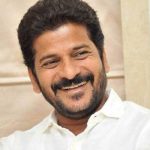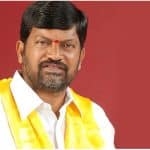South India has been witnessing issues related to Jallikattu in Tamil Nadu, Kambala in Karnataka, Rooster fights in Andhra Pradesh accompanied by statements from politicians about North domination and South representatives acting as their mouth pieces. This attitude towards the states beyond Vindhya’s, has been debated ever since independence.
If there was anything consistent about Indian history, it is the South Indian who are the native Indians while the Northern part always faced foreign conquests. South India however did not face the fate of Red-Indians in the US.One cannot overlook the vast cultural difference between the North and the South.The strategy of the central government to penetrate into South on the grounds of culture is combustible.
With the due credit to metropolitan cities like Bengaluru, Chennai, Hyderabad the Madrasi stereotype is fading away. Be it cultural or political or regional there is always a deliberation about the prejudiced treatment.The few representatives of South India at the center, seem to enjoy the aura of national capital and gave up their voice for their party. The high-hat attitude gave rise to regional parties like AIADMK, DMK, TDP etc in south. The strategy of alliances with these regional parties is giving them a chance to get hold of the state politics like Andhra Pradesh.
The Southern representation in prominent roles has been plummeting. Prior to independence INC used to rotate the presidential position between people from north and south. Even post-independence this strategy was persistent. If the Prime Minister was from north, the President used to be from south. Likewise, the speakers of Lok Sabha, Rajya Sabha and important positions were convened to the leaders from the south. This equality is needed as there is a vast difference between the North and the South.
Elites like Dr. B R Ambedkar and C Rajagopalachari predicted this conflict way back in 1947-48 itself. In his write-up on “Thoughts On Linguistic States” Ambedkar explains how a second capital would ease the tension. The visionary illustrates how British and Mughals used to switch capitals due to the climatic conditions. However,post-independence, he emphasized the need for a second capital with three reasons. First Delhi is most inconvenient to the people of the South, second is the feeling of the Southern people and the third is the consideration of defence. Babasaheb wrote “Hyderabad fulfils all the requirements of a capital for India… It would give satisfaction to the South Indian people that their Government is sometimes with them”.
To quote the governor general of Independent India C Rajagopalachari, referring to the sort of constitution which the Constituent Assembly was making, said to Ambedkar, “You are committing a great mistake. One federation for the whole of India with equal representation for all areas will not work. In such a federation the Prime Minister and President of India will always be from the Hindi speaking area”. The next-gen is successful in making the predictions of Rajagopalachari true.
The condescending nature gave rise to self-respect Dravida movement by Tamils against the domination of the Northern Brahmins, which eventually was going to spread to other southern regions. However, the Central government took measures to curb the movement and started appointing leaders from South in key positions. In 21t century, the pompous nature will call for large scale self-respect movements like Jallikattu or silent protest for Special Category status in AP.
The governments have appointed women speakers, presidents at the cost of South India. The need for having important ministries assigned is evident from the way special category status issue for AP was buried by the northern elites. Despite the south being progressive in socio-economic development, it remains insignificant in politics. Election for a new President is due in July when incumbent Pranab Mukherjee completes his five-year term. It is worth watching to see if any prominent person from the South will be considered for this position.

